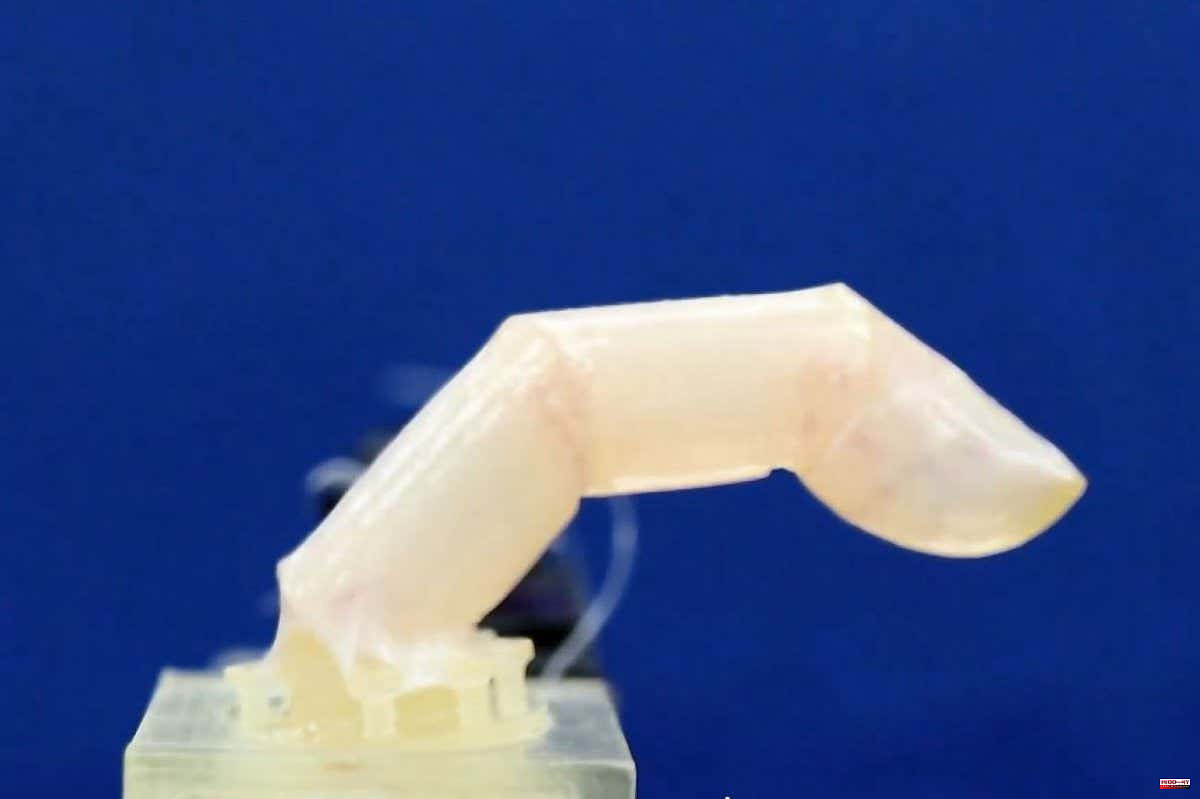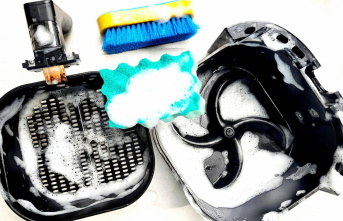Robots can now have living skin made from human cells. This makes them more like us.
Shoji Takeuchi, a Japanese University professor, said that robots are increasingly taking on the roles of teachers, nurses, and care workers. It is crucial to make robots look more human in order to feel comfortable with us interacting with them.
Robots can be coated with silicone rubber at the moment to give them a fleshy appearance. However, the rubber lacks the texture and feel of human skin.
Takeuchi and his associates bathed a robot finger in a mixture of collagen and human skin cells called Fibroblasts for three consecutive days to create skin that looked more natural. The finger was coated with collagen and fibroblasts, and the layer formed similar to the dermis.
Then, they carefully poured keratinocytes, which are human skin cells, onto the finger. This creates the epidermis, the upper layer of human skin.
The 1.5-millimetre thick skin resulted was capable of stretching and contracting as the finger was bent forwards and backwards. Takeuchi says that the skin wrinkled as normal after this. It is more realistic than silicone.
A collagen sheet could be grafted onto the wound to heal the robot skin.
The skin started to dry out over time because it didn't have enough blood vessels to replenish its moisture.
Takeuchi says that artificial blood vessels may one day be implanted into the skin to maintain its hydration.
He also says that it should be possible to create different skin colors by adding melanocytes.
Researchers now plan to coat a robot with the living skin. Takeuchi says that this research has the potential to create a new relationship between robots and humans. However, it is important to weigh the risks and benefits before making the experiment too realistic.












